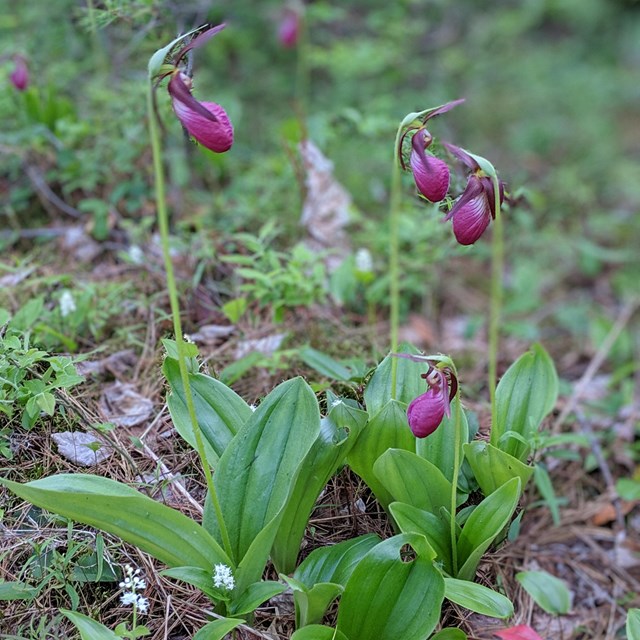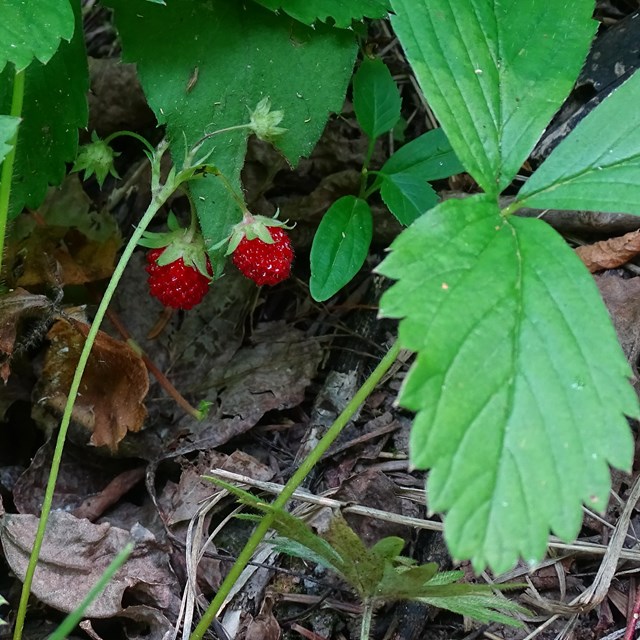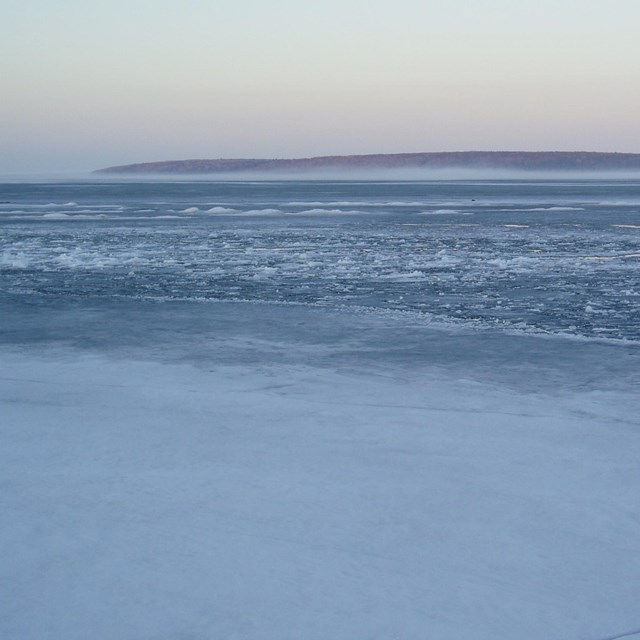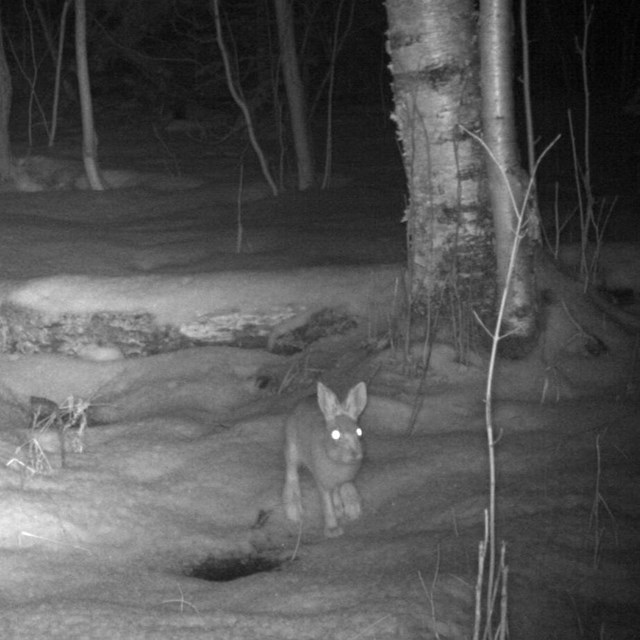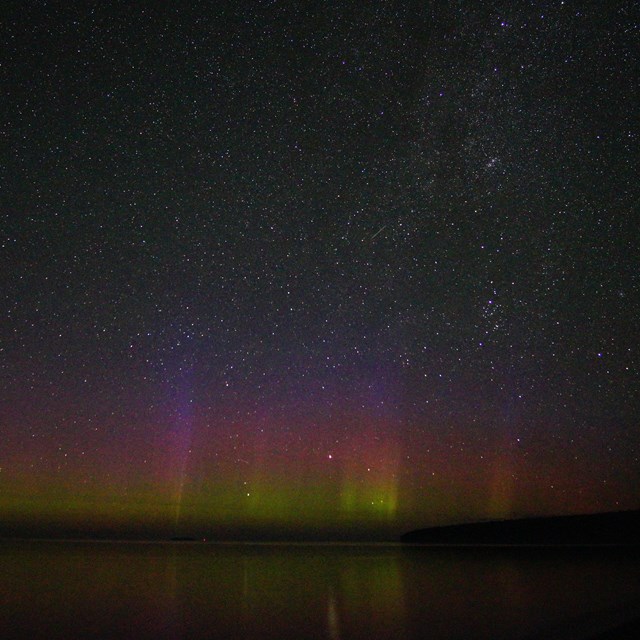|
For millenia, Native Americans have utilized phenological events coupled with traditional knowledge to keep track of time. For the Ojibwe, the happenings of the world help to influence the naming of the months of the year.
|
Last updated: September 24, 2025

